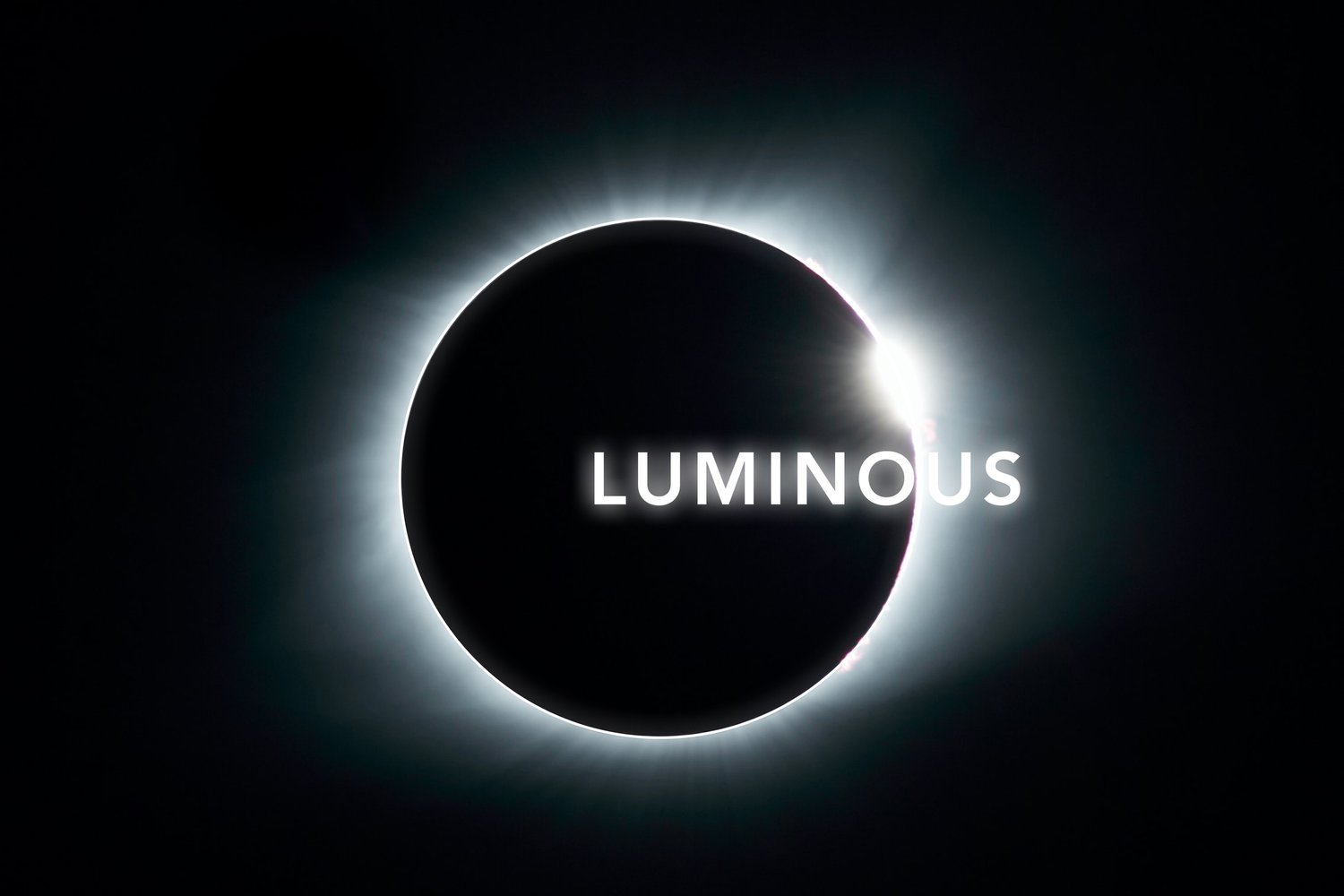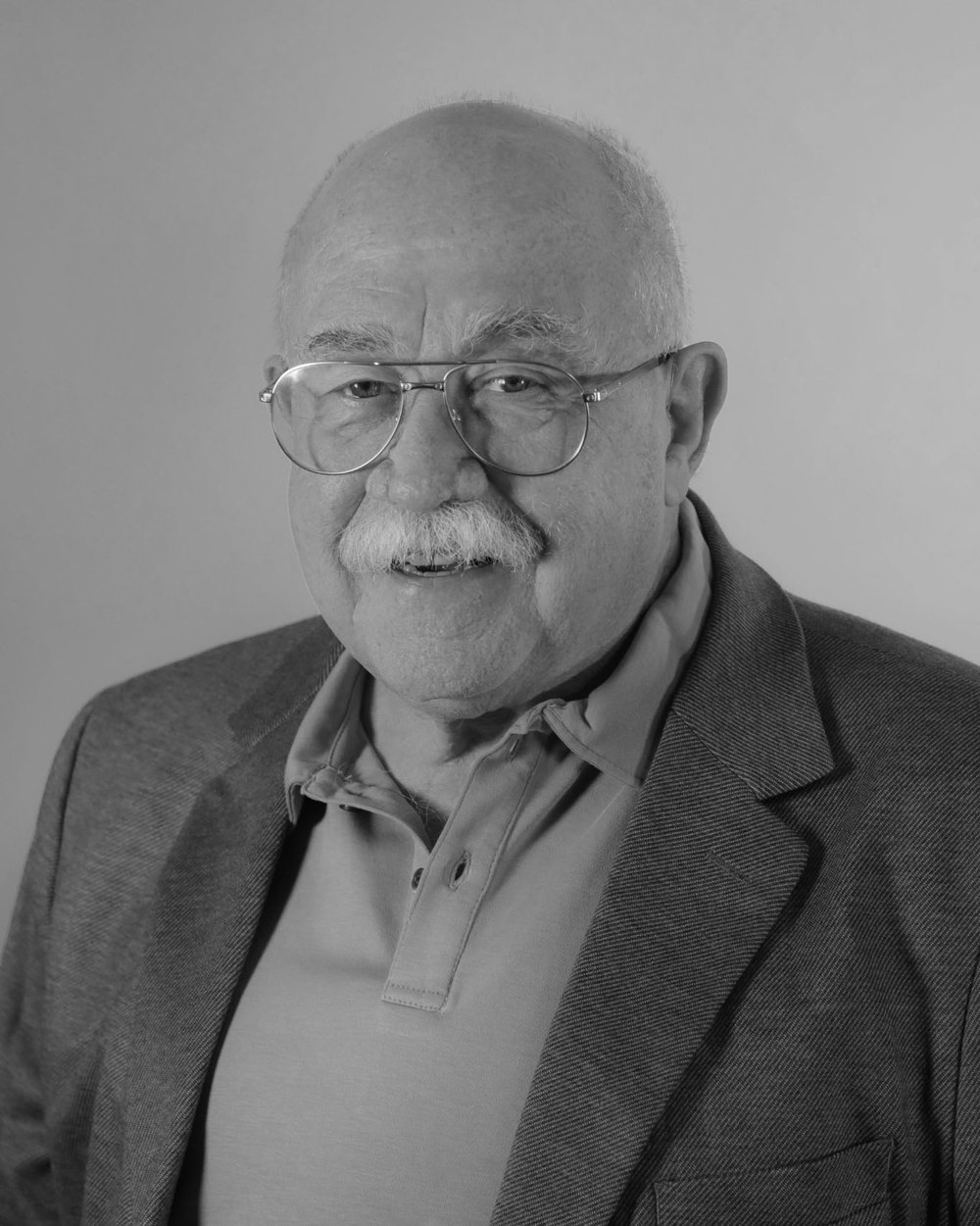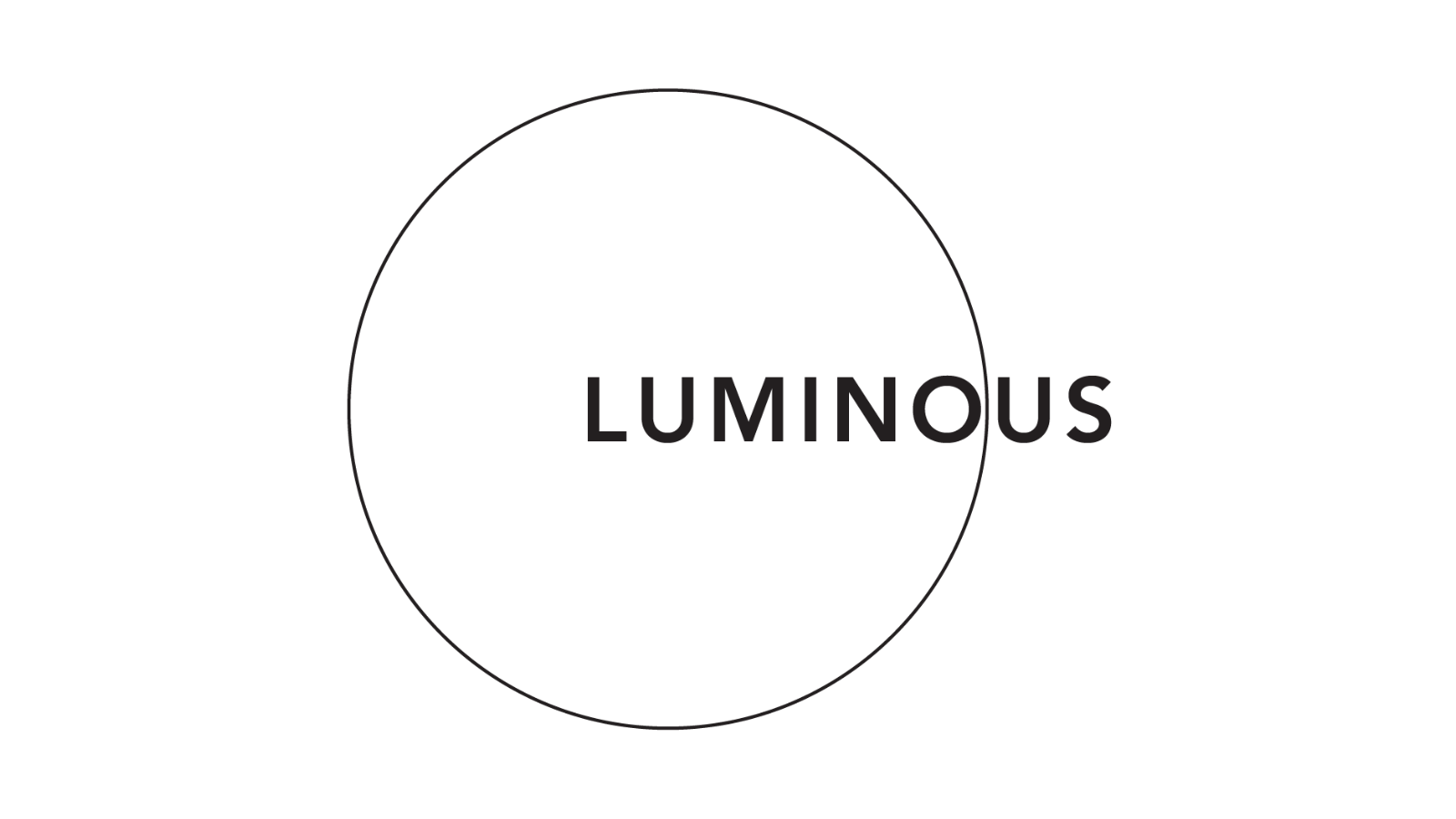Media Kit
About Luminous
Luminous is a machine learning systems company building the world’s most powerful, scalable AI supercomputer on Earth. With its supercomputer, Luminous will fulfill the AI promises made by Silicon Valley 30 years ago, such as eliminating car accidents with self-driving cars and detecting and curing diseases through highly personalized drug discovery and automated health analytics. The AI community knows how to deliver all of these capabilities from an algorithmic perspective, but more compute, bandwidth and memory are desperately needed. Luminous is building the accelerator that satisfies those demands.
Luminous was founded in 2018 by Marcus Gomez and Dr. Mitchell Nahmias, and has raised over $126 million in funding to date.
Leadership Team: Headshots & Bios
-
Marcus is the co-founder and CEO of Luminous Computing. He’s spent nearly a decade thinking about and contending with the hardware constraints that Luminous intends to eliminate. He served as the CTO of a computer vision startup and as an early member of the AI research team at Tinder, in addition to working in various research roles at Google and the Mayo Clinic. He received his BS in Computer Science from Stanford. He dropped out of high school to work at the Harvard Medical School on network biology, and dropped out of Stanford’s MS program to start Luminous. In his free time, Marcus frequents karaoke bars to live out his rockstar fantasies.
-
Mitch is a co-founder and Chief Technology Officer of Luminous Computing. He knew, very early on, what he wanted to do: to make machine intelligence a reality. He began as a researcher at Princeton, where he was pioneer in establishing a mathematical relationship between a laser and a biological spiking neuron. This helped create a field now known as Neuromorphic Photonics. His focus soon switched to building systems of neurons, where he discovered that the real bottleneck was communicating data across the dense networks that connected neurons together. As he saw neural networks becoming commercially useful at a large scale, Mitch realized that the best way to create the most powerful AI supercomputer was to build a company to do it.
He received his B.S., M.A., and Ph. D. at Princeton, where he was awarded the NSF Graduate Research Fellowship. While at Princeton, he was a contributing author to the textbook on Neuromorphic Photonics, and is an author on more than 70 papers and patents. His work has been cited over 2,700 times. He led the Afrobeat band, Sensemaya, and was a member for over 10 years. Mitch has played piano professionally as a jazz musician for most of his life, despite never having learned to properly read music.
-
Michael Hochberg is President at Luminous Computing. His career has spanned the space between fundamental research and commercialization for over 20 years. He founded four silicon photonics companies - Simulant, Luxtera, Elenion, and SLS - garnering a total exit value of over a billion dollars.
He's held faculty appointments at a number of institutions, including UW, UD, NUS and Columbia. He directed OpSIS, the first organization to offer silicon photonic multi-project wafer runs, pioneering the creation of integrated PDK's for photonics. He authored, with his colleague Lukas Chrostowski, the most widely used textbook in silicon photonics. He’s authored over 100 papers and patents, and his work has been cited over 14,000 times. Michael won a number of awards for his work, including a Presidential Early Career Award in Science and Engineering, which is the highest honor granted by the US government to young scientists. He is a fellow of Optica, the Optical Society of America.
Michael was thrown out of high school in Louisiana and then attended a free, public residential boarding school. He ended up doing all of his degrees at Caltech, completing his MS and PHD in a total of three years and winning the best thesis award in nanotechnology. He and Tom Baehr-Jones have worked together for more than 20 years. In his spare time, he enjoys photography, sporting clays, and writing about issues of policy and grand strategy.
-
Senior VP of Engineering
Dominick Scordo is the Senior Vice President of Engineering at Luminous Computing where he brings his decades of experience in R&D and Optics to lead this talented team. Scordo spent 21 years at Bell Labs working in Research and Development including leading the R&D efforts there. From Bell Labs, Scordo joined Alcatel-Lucent for almost 12 years servings as VP for WDM and finally for Product Lifecycle Management. He is no stranger to the start-up world having spent 5 years as SVP of Engineering at Elenion Technologies, staying on as a leader at Nokia after Nokia’s aquisition of Elenion.
-
David Baker grew up on a ranch in New Mexico. He received his BSEE from New Mexico State University and his MSE and PHD in ECE from the University of Texas, Austin. His area of research interest was computer vision and image processing. He began his career on a super-computer design at Texas Instruments, competing with Cray. While there, he worked on the design of the TI TMS9900 and TMS99000 MCU chips. He joined IBM and worked on various internal processors as well as the ISA development for ROMP(801), PowerPC, and RS6000. While working for IBM Research he was part of the original AIX hypervisor implementation team and later the GL to OpenGL ports to RS6000. Subsequently he has spent 25 years doing startups including two IPOs and two acquisitions, at places like SigmaTel, NVidia, Brooktree, and Legerity. Along the way, he was VP of engineering for 3 different VLIW DSP companies and worked on micro- architectures and ISAs for almost all of his career to date.
Downloadable Brand Assets
Brand Logo
Contact Information
General Email: info@luminous.com
Press Inquiries: press@luminous.com
4750 Patrick Henry Drive, Santa Clara, CA 95054
1-650-275-5950
Twitter: https://twitter.com/luminousai
LinkedIn: https://www.linkedin.com/company/luminous-computing/
Facebook: https://www.facebook.com/LuminousAI










